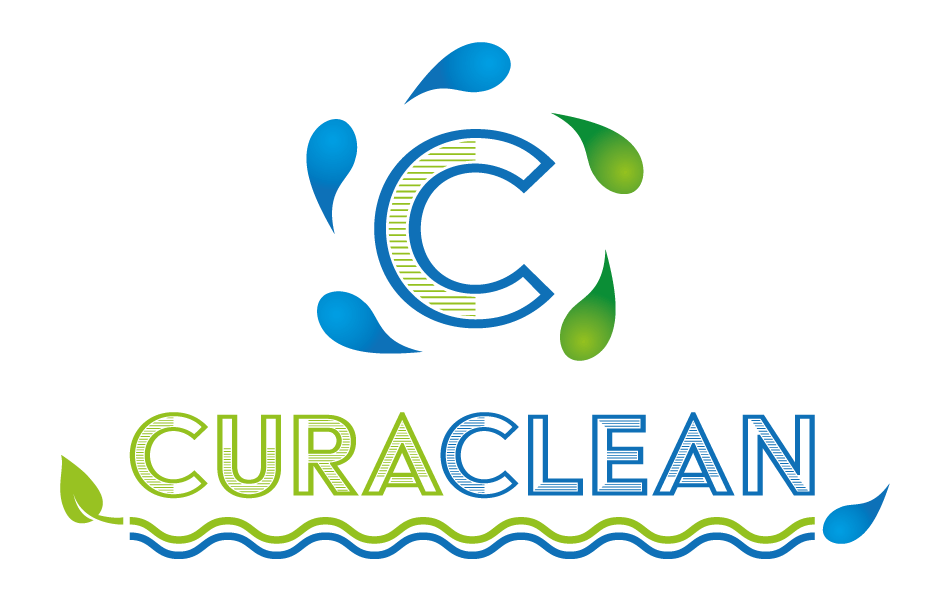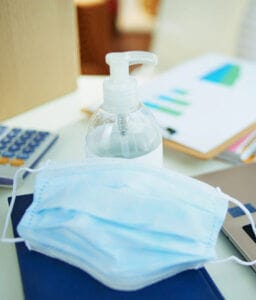In the era of COVID-19, worker shortages seem to be wide-spread. In no industry is this more apparent than in healthcare. According to the U.S. Bureau of Labor Statistics, healthcare employment remains below pre-pandemic levels, with the number of workers down by 1.1%, or 176,000, compared to February 2020.1 This comes at a time when healthcare services are needed more than ever. In March 2022, the American Hospital Association (AHA) wrote a letter to the House Energy and Commerce Committee describing the staffing shortages hospitals were experiencing as a national emergency. They also projected the overall shortage of nurses to reach 1.1 million by the end of the 2022.2 This does not include all of the other critical healthcare roles experiencing shortages; from infection preventionists (IPs) to environmental cleaning service (EVS) professionals. In fact, all parts of the healthcare continuum are feeling the squeeze.
One main safety concern related to the staffing shortages is the potential impact to healthcare associated infections (HAIs). Over the past several years, the healthcare industry has experienced unprecedented challenges, including higher than usual hospitalizations which, combined with the shortages in healthcare personnel and resources, likely resulted in decreased surveillance activities and reporting via the Centers for Disease Control and Prevention’s (CDC) National Healthcare Safety Network (NHSN).3 According to the CDC’s 2020 National and State HAI Progress Report, each day, approximately 1 in 31 U.S. patients contracts at least one HAI, highlighting the need for improvements in infection prevention practices in U.S. healthcare facilities.4 This recommendation illustrates the juxtaposition that IPs are faced with today – what are the opportunities for improvement that do not add to an already stretched staff in terms of time or resources?
When it comes to EVS impact, I believe there are two main areas of opportunity: training and cleaning efficiency.
EVS Training
Training is essential for not only worker efficiency, but also overall job satisfaction, as well as retention. In fact, offering employees an opportunity for learning and growth is one of the key metrics of job satisfaction.5 With increased staff turnover and limited time to train new employees, having a best-in-class education and training program in place to help ensure cleaning professionals get the knowledge and skills needed to clean and disinfect effectively, efficiently, and safely is critical. To help address this need, CloroxPro launched a new online learning program in 2022. The course is available on-demand and covers:
- Actions that can be taken to do the job safely and effectively
- The science behind how germs spread
- How to break the chain of infection
- Easy-to-follow procedures and best practices to ensure spaces can be cleaned and disinfected in a way that is efficient and sustainable long-term.
Additionally, the Association for the Healthcare Environment (AHE) offers online courses with topics ranging from EVS Leadership: A Seat at the Table to Essentials of Infection Prevention of Environmental Hygiene.
Cleaning Efficiency
In the fight against HAIs, the efficiency and efficacy of ready-to-use disinfectants has been long established. This added benefit is even more important when resources are constrained. Lower priced dilutable disinfectants may be initially attractive, but research has shown6 that initial cost savings is often outweighed by the hidden costs when it comes to cross-contamination, quality control issues, overall efficacy, and low compliance. For example, most dilutable products have varying contact times and pathogen kill claims depending on the dilution. This opens the door for the use of an incorrect dilution and could potentially lead to the spread of HAI-causing pathogens in a facility. This is something we all need to be aware of because we know that:
- Disinfectants are one of the most viable protections against multi-drug resistant organisms (MDROs)
- Disinfectants could play an increasingly important role in managing bacterial infections in the future if the current trend of antibiotic resistance continues.7
Another way employers can improve cleaning efficiency is by leveraging emerging technologies, such as electrostatic sprayers, in combination with traditional application methods, like disinfecting wipes. Electrostatic sprayers can improve cleaning efficiency by allowing EVS workers to use less time to cover more spaces. In fact, electrostatic spraying has been shown to be 4x faster than manual disinfection.8
Though staffing shortages are not unique to healthcare, they do create an increased concern around patient safety, including HAI prevention. Proper training and the use of efficient strategies, like ready-to-use disinfectants and electrostatic sprayers can be critical in terms of overall HAI prevention and removing the environment as a source of infection. As you evaluate your own team’s needs especially for new hires, be sure to consider where and when ready-to-use products might offer time savings and increased compliance opportunities and do not forget to leverage on-demand training tools to help bridge the gap between teams.
References
1. Economic News Release: Employment Situation Summary [Internet]. U.S. Bureau of Labor Statistics. 2022. Cited September 1, 2022. Available From: https://www.bls.gov/news.release/empsit.nr0.htm
2. AHA Letter Re: Challenges Facing America’s Health Care Workforce as the U.S. Enters Third Year of COVID-19 Pandemic [Internet]. American Hospital Association. 2022. Cited September 1, 2022. Available From: https://www.aha.org/lettercomment/2022-03-01-aha-provides-information-congress-re-challenges-facing-americas-health
3. Wu, Hsiu, et al. Hospital capacities and shortages of healthcare resources among US hospitals during the coronavirus disease 2019 (COVID-19) pandemic, National Healthcare Safety Network (NHSN), March 27–July 14, 2020. Infection Control & Hospital Epidemiology 2021, 1-4; Available From: https://pubmed.ncbi.nlm.nih.gov/34167599/
4. Current HAI Progress Report: 2020 National and State Healthcare-Associated Infections Progress Report [Internet]. Centers for Disease Control and Prevention. 2021 [Cited September 1, 2022]. Available From: https://www.cdc.gov/hai/data/portal/progress-report.html
5. Bersin J. New Research Shows “Heavy Learners” More Confident, Successful, and Happy at Work [Internet]. LinkedIn. 2018; Available from: https://www.linkedin.com/pulse/want-happy-work-spend-time-learning-josh-bersin/
6. Wiemken, T. L. et al. The Value of Ready-to-Use Disinfectant Wipes: Compliance, Employee Time, and Costs. Am. J. Infect. Control 2014, 42, 329–330.
7. 2022 Special Report: COVID-19 U.S. Impact on Antimicrobial Resistance. Centers for Disease Control and Prevention. 2022 [Cited September 1, 2022]. Available From: https://www.cdc.gov/drugresistance/pdf/covid19-impact-report-508.pdf
8. Cadnum JL, Jencson AL, Livingston SH, Li D, Redmond SN, Pearlmutter B, et al. Evaluation of an Electrostatic Spray Disinfectant Technology for Rapid Decontamination of Portable Equipment and Large Open Areas in the Era of SARS-CoV-2. Am J Infect Control [Internet]. 2020; Available from: https://doi.org/10.1016/j.ajic.2020.06.002




